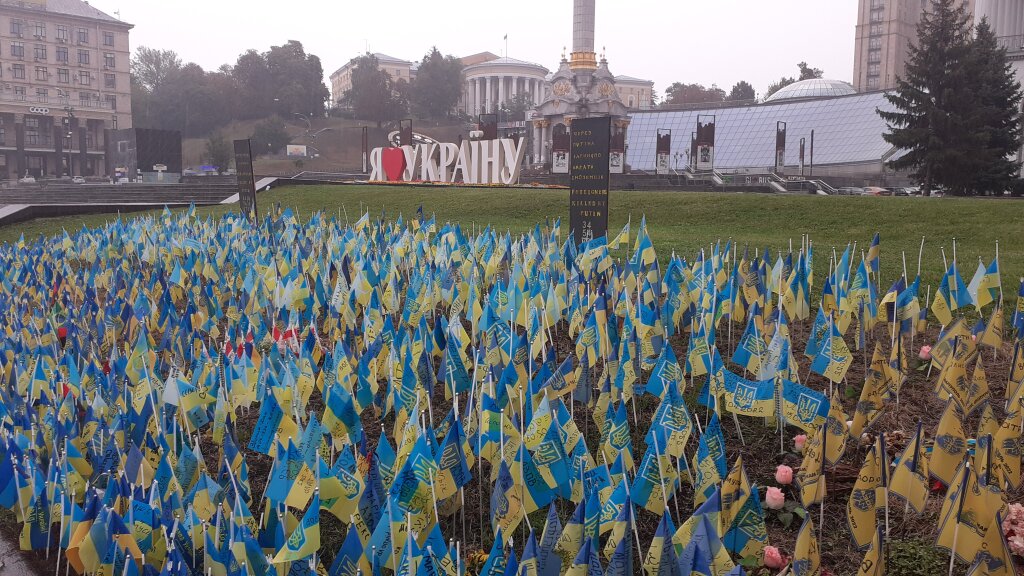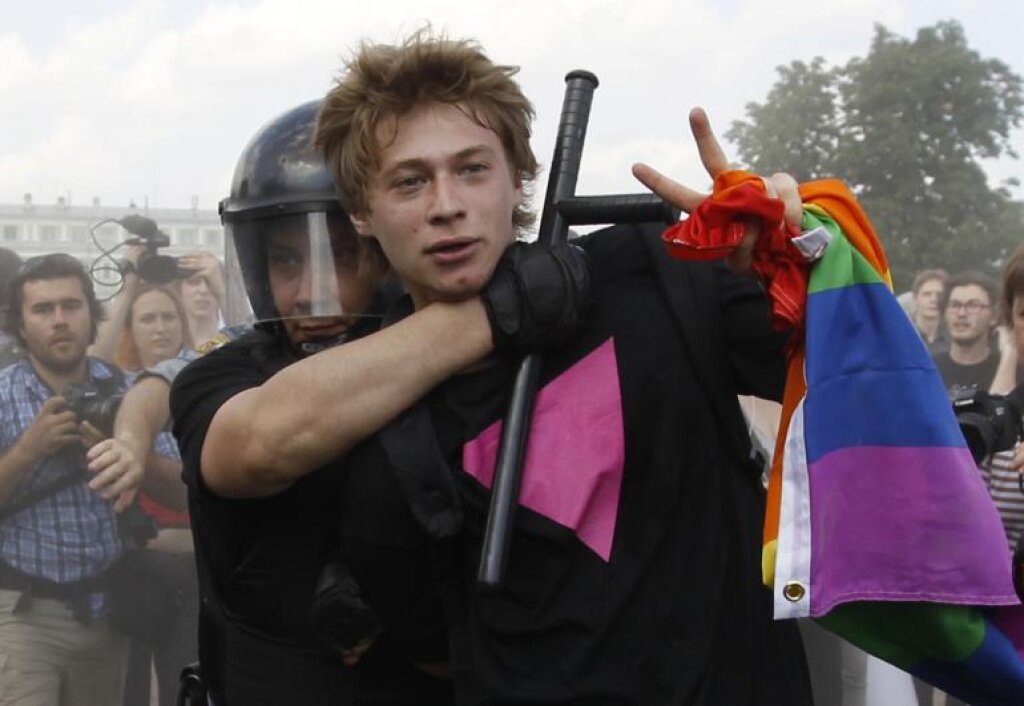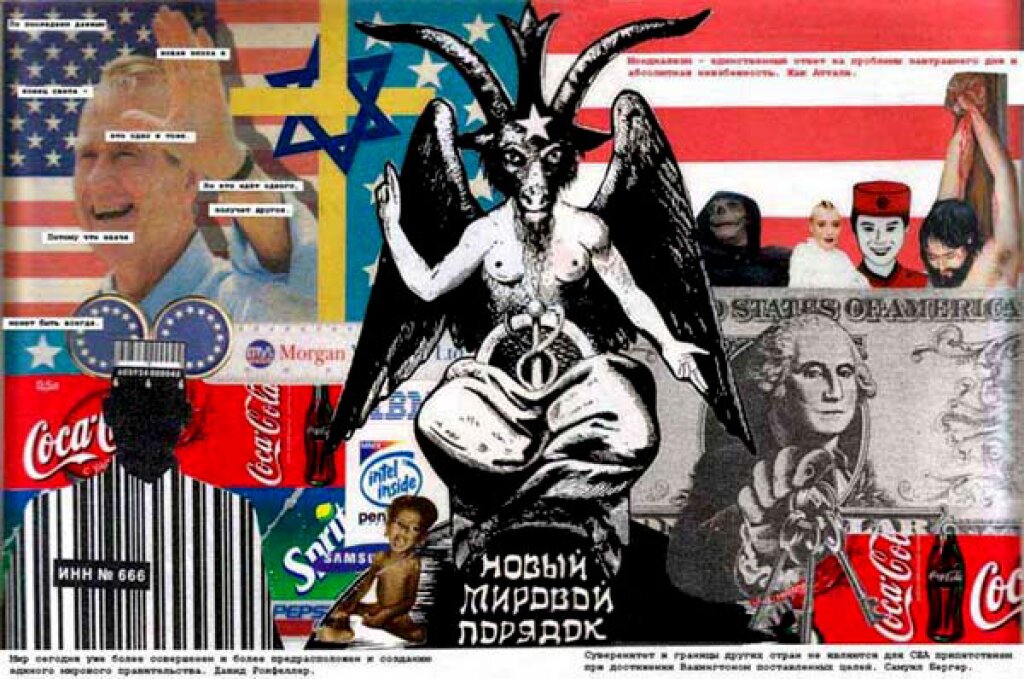The Jordan Center stands with all the people of Ukraine, Russia, and the rest of the world who oppose the Russian invasion of Ukraine. See our statement here.
Huseyn Aliyev is a Lecturer in Central and East European Studies at the University of Glasgow. He is currently in charge of the UK Economic and Social Research Council (ESRC)-funded research project, “From Russia with War”, examining the mobilization of foreign fighters in the former Soviet Union.
President Volodymyr Zelenskyy's call for help from all “friends of Ukraine” in early March was almost immediately followed by the creation of an International Legion incorporated into the country's Armed Forces. Just a week after the Legion's recruitment website launched, Ukraine’s Foreign Minister, Dmytro Kuleba, reported that it had received over 20,000 applications from 52 countries.
Since the start of Russia's invasion, the international press has frequently reported on captured or deceased British, US, and European combatants in Ukraine. Some Western volunteers are indeed participating in heavy fighting with Russian troops and have played a noteworthy role in Ukraine’s media campaigns to attract more international funding and support.
Our research suggests, however, that even American and British volunteers with Iraqi and Afghan counterinsurgency background and French Foreign Legion veterans find their combat experience inadequate for the large-scale conventional warfare they are encountering on Ukraine’s numerous fronts. By contrast, foreign fighters originally from the former Soviet Union—a category that enjoys far less Western publicity than their European and American counterparts—seem to be making far more significant impact on Ukraine’s fight against Russia. Volunteers from Belarus, Georgia, Russia’s North Caucasus, and other post-Soviet regions have been flocking into Ukraine since the start of the war, functioning as a valuable resource for Ukraine’s embattled and overstretched military.
Before the February 2022 Russian Invasion
Foreign volunteers from across the former Soviet Union began frequenting Ukraine as a place of combat pilgrimage since the start of the first armed conflict in Donbas in 2014. The “Georgian National Legion” was founded by Mamuka Mamulashvili, a former military adviser of Georgian ex-President Mikheil Saakashvili and a seasoned enemy of Russia. The legion enlisted into its ranks not only volunteers from Georgia seeking to settle scores with Russia, but also a diverse group of combatants from other post-Soviet countries and beyond. Two ethnic Chechen battalions (“Sheikh Mansur” and “Dzokhar Dudayev”) were also assembled by the veterans of Chechen wars in 2014, attracting hundreds of anti-Kremlin Chechens, as well as other nationals of Russia’s restive Muslim region of North Caucasus.
The Minsk 2.0 agreements required that Ukraine demobilize paramilitary battalions, making foreign fighter groups a sore point for Kyiv. Despite their contribution to Ukraine’s efforts to defend Donbas in 2014-15, these foreign battalions faced repressions from successive Ukrainian governments, which succumbed to pressure from Moscow to extradite or expel anti-Kremlin foreigners. Some foreign volunteers, for instance Ingush national Timur Tumgoev in 2018, were extradited to Russia, while others were criminalized and deprived of opportunities to either receive settled status or political asylum in Ukraine.
Its numbers significantly decreased, the Georgian Legion managed to avoid demobilization through incorporation into a brigade of Ukraine’s Armed forces. The Chechen battalions, operating in alliance with Ukraine’s ultranationalist “Right Sector” group, were less lucky, with the “Sheikh Mansur” battalion forcibly disarmed and demobilized by Ukraine’s Special Forces in September 2019 under President Zelenskyy’s direct orders.
Serving Kyiv Once Again
Russia’s invasion of Ukraine on February 24, 2022 forced both Zelenskyy’s government and foreign volunteers to forget about previous disagreements and grievances. The post-Soviet battalions were given the green light to expand. According to Mamulashvili, who fought for Hostomel airport near Kyiv, thousands of Georgian volunteers flooded the Georgian National Legion during the first weeks of war, preventing him from recruiting individuals of other nationalities.
[gallery type="slideshow" columns="2" size="medium" ids="7917,7916"]
Above: Scenes from a memorial on Maidan Square in the center of Kyiv dedicated to foreigners who have fought and died for Ukraine since February. Photo credit: Hana Josticova.
Chechen battalions engaged in the defense of Kyiv also witnessed an influx of volunteers, particularly from the Chechen Diaspora located in Western Europe and Turkey. This increase spurred the creation of two additional Chechen battalions and earned a formal visit from the Chechen leader-in-exile, Akhmed Zakayev, who negotiated the legal terms of Chechen volunteers’ participation with the Ukrainian leadership.
Both Georgians and Chechens were deployed in pitched battles against Russian troops in the Kyiv, Kharkhiv, and Donbas regions, suffering casualties and winning numerous war trophies like prized Russian battle tanks.
The Rise of Belarus
Although several dozen Belarusian volunteers have fought in Donbas in 2014-15, largely as part of the Azov regiment, foreign fighters from Belarus were never as numerous as residents of the Caucasus region in Ukraine.
Government persecution of massive popular protests against self-declared leader of Belarus Aleksandr Lukashenka in 2020 resulted in the forced migration of hundreds of thousands of Belarusians to Poland, the Baltic States, and Ukraine. Ex-commander of Ukraine’s paramilitaries and former MP Semion Semionchenko (imprisoned in 2021), revealed that he was involved in training hundreds of Belarusian immigrants to Ukraine since 2020. The Russian invasion has further galvanized the Belarusian diaspora across Central Europe, which saw a renewed opportunity to overthrow Lukashenka.
The Belorusian battalion Kastusya Kalinovskogo, quickly expanded into a full-scale regiment, was created by Denis “Kit” Prokhorov, a Belarusian veteran of Azov trained by the French Legion. Belarusian combatants have taken active part in fighting since the first days of the war, defending Bucha and Irpin and then seeing deployments to Zaporizhzhia and the hot spot of Severodonetsk in Donbas. They were also the first foreign volunteers to suffer casualties, with several members killed in combat in Bucha and Irpin.
Pohonya, another Belarusian regiment, was soon established to accommodate an influx of Belarusian volunteers coming from Poland and the Baltic countries. The constantly increasing numbers of recruits have led Prokhorov to consider creating a thousands-strong Belarusian division within the Ukrainian Armed Forces.
Russians Fighting for Ukraine
Another noteworthy group of post-Soviet combatants serving in Ukraine is the so-called “Freedom of Russia” legion, which was initially assembled from Russian prisoners of war willing to switch sides. The Legion has grown to several hundred men over the recent months and is now recruiting anti-Putin Russians, including former Gazprom vice president Igor Volobuyev.
The Legion identifies its ultimate goals as overthrowing Putin’s regime and replacing it with a democratic system. The Legion has already received support and recognition from Russia's anti-Putin opposition and began stepping up its activities on Russian soil, including arson attacks on military registration offices and other military and government facilities.
What Does the Future Hold for Foreign Fighters?
Foreign fighters hailing from the former Soviet Union are more numerous, and better incorporated into Ukraine’s armed forces, than ever before. Their language skills, experience of post-Soviet armed conflicts, and shared post-Soviet heritage make them far more manageable and effective for Ukraine than more diverse units populated by Western volunteers.
The combat skills these volunteers gain during the current war in Ukraine will most likely be utilized elsewhere in the region, with Belarus being the most likely place to which the many thousands of Belarusian volunteers currently fighting in Ukraine will turn their attention once the current war is over.



